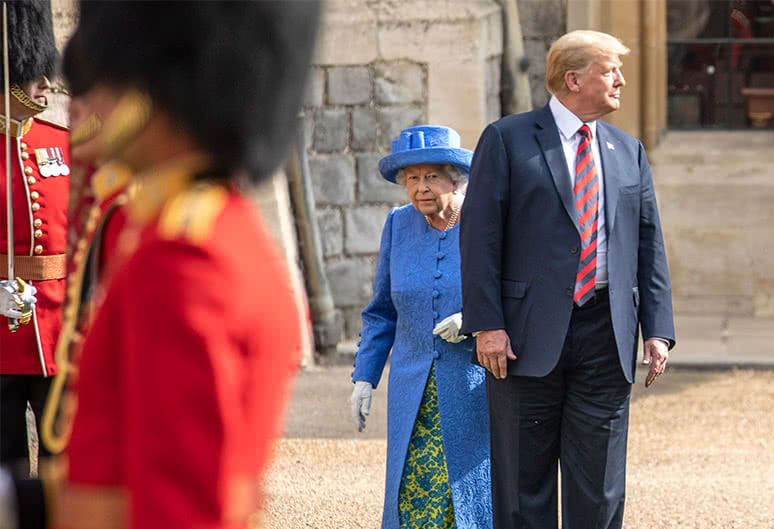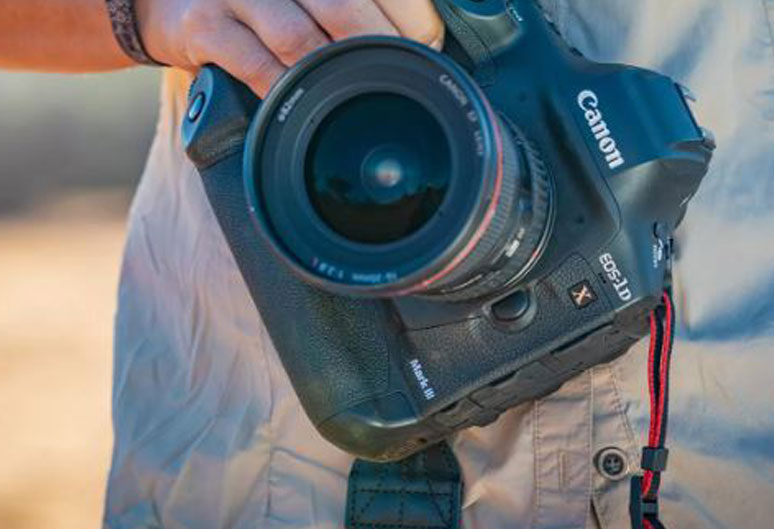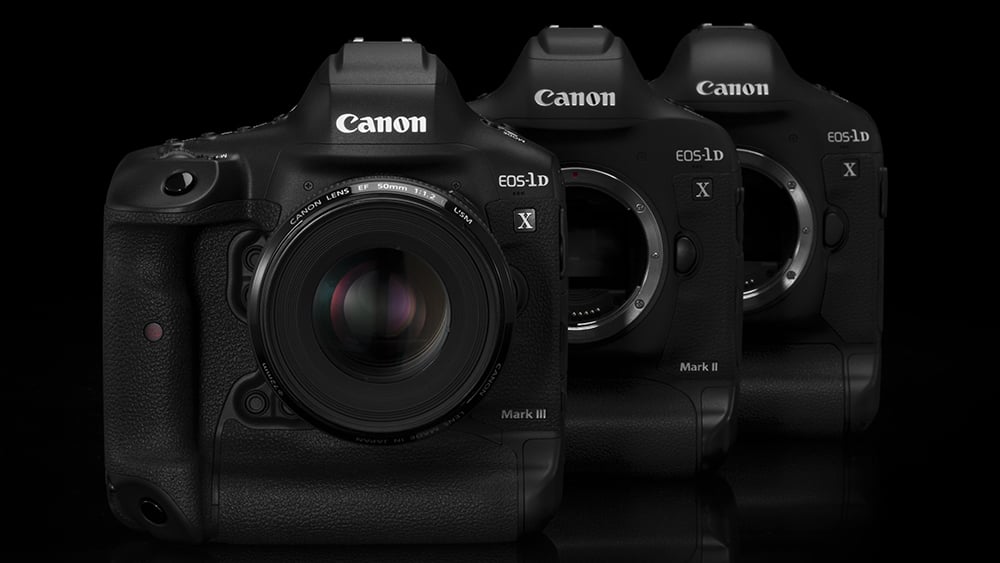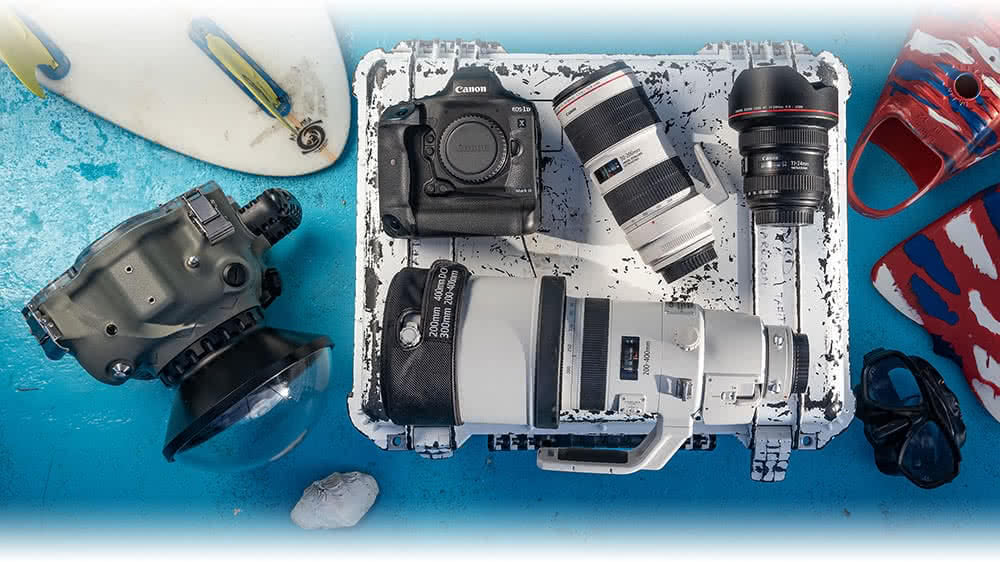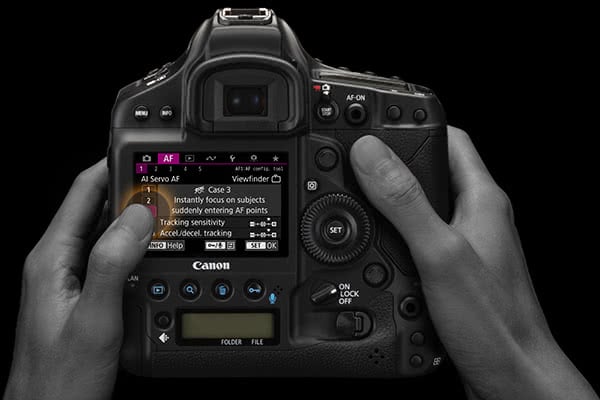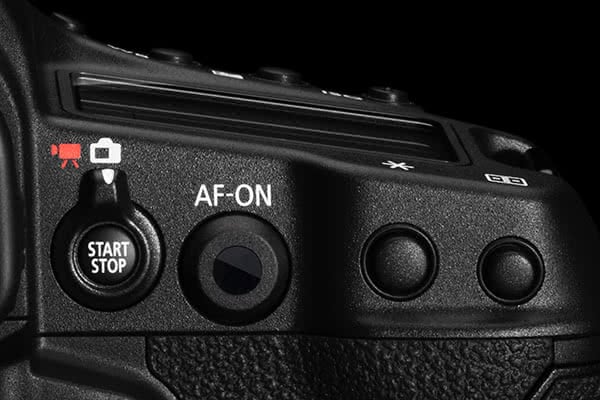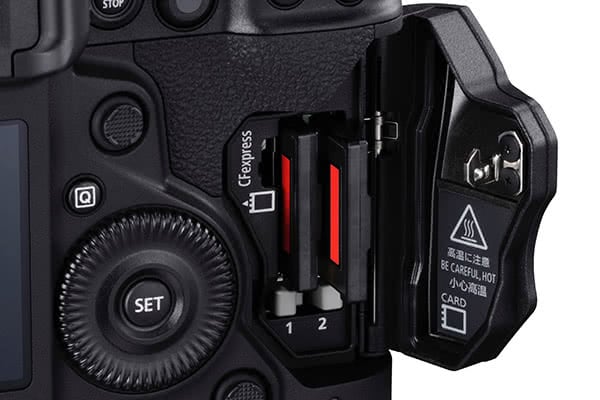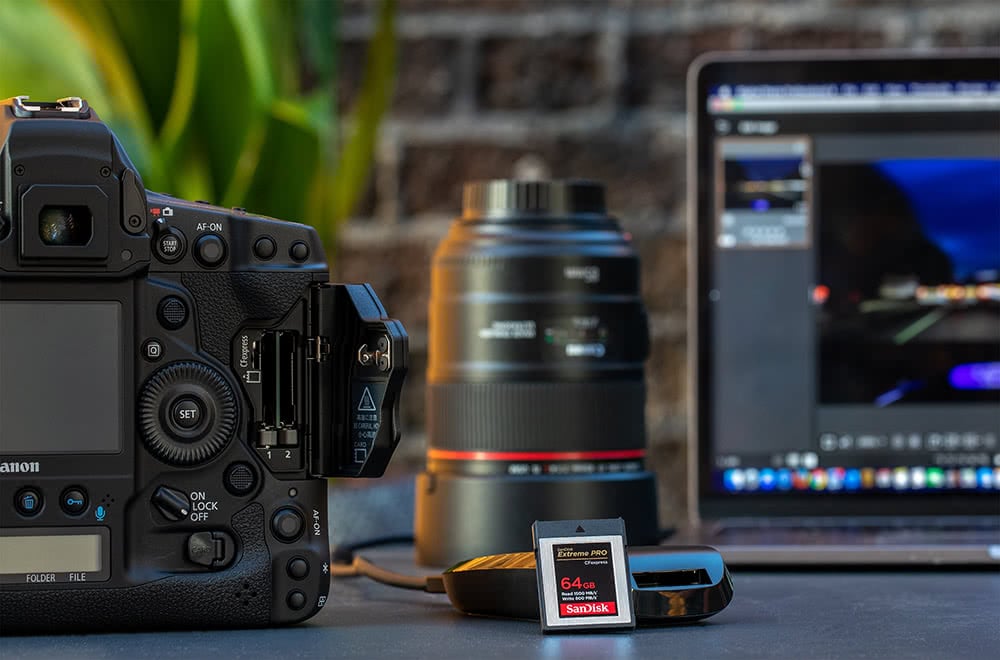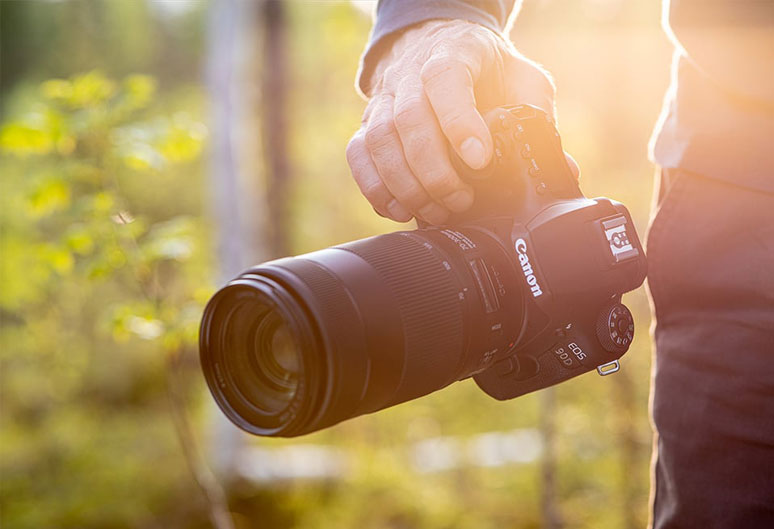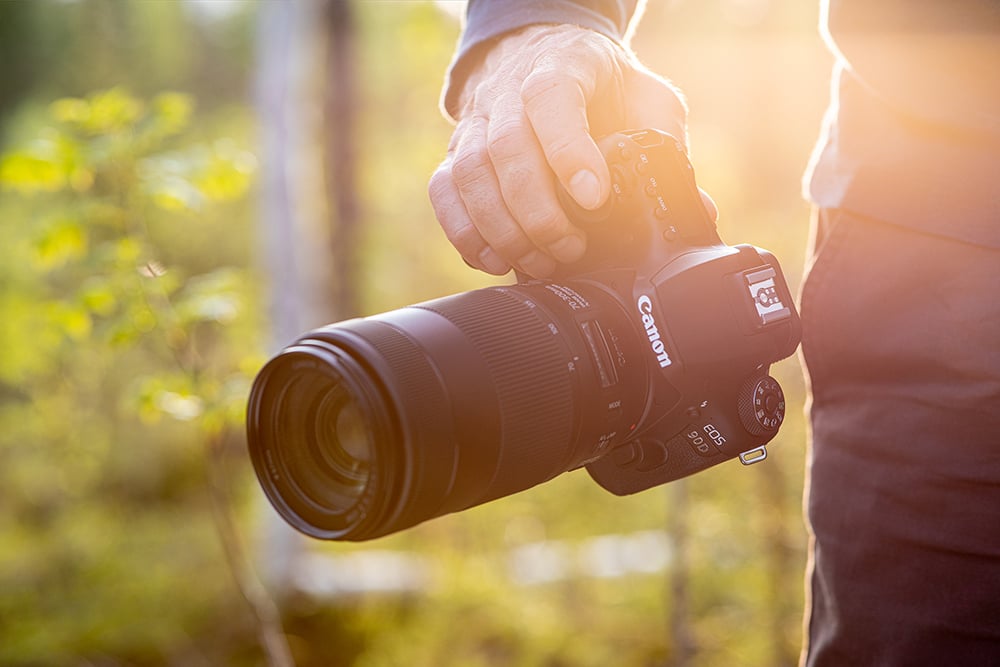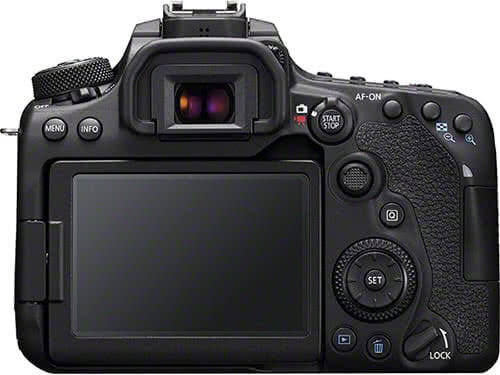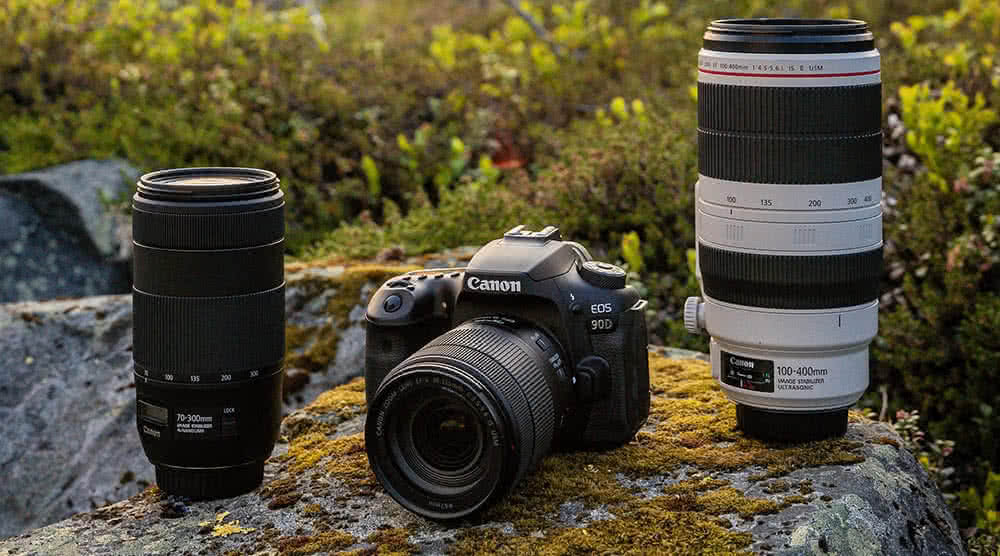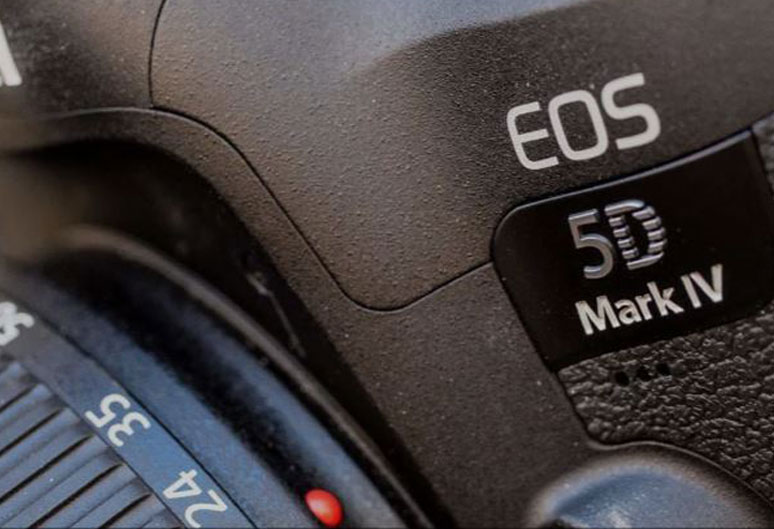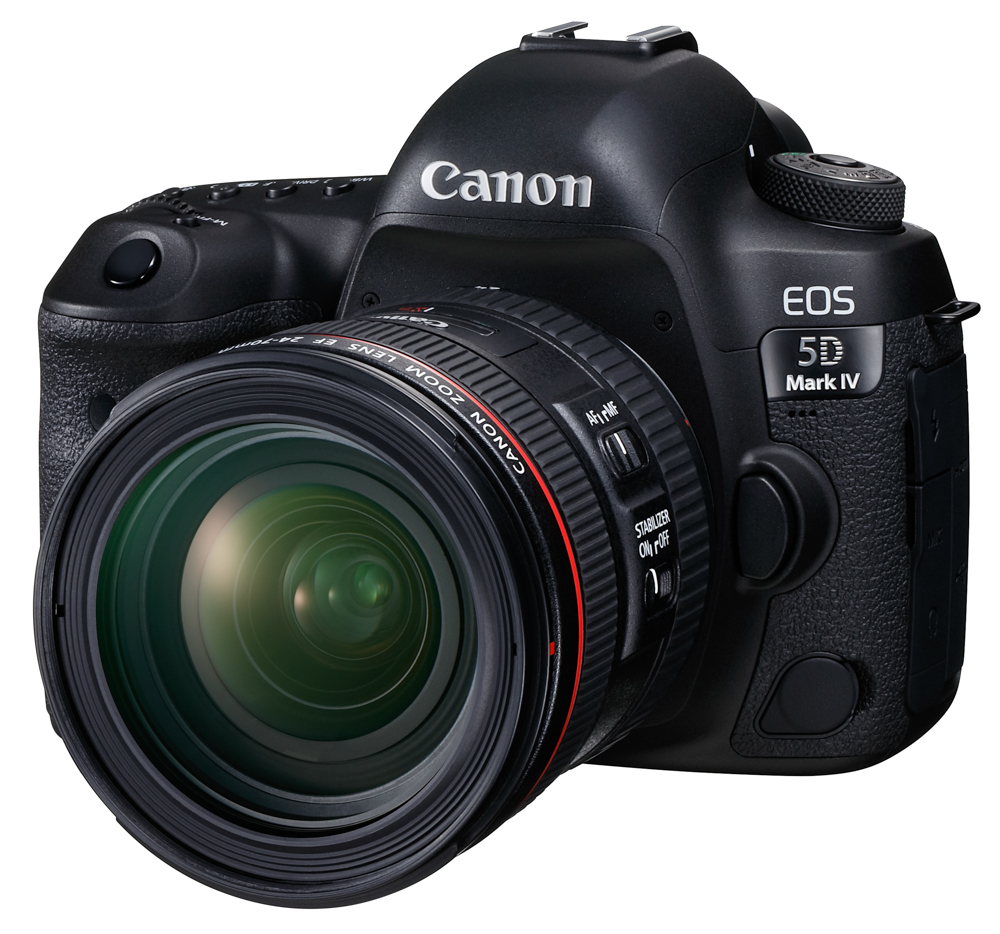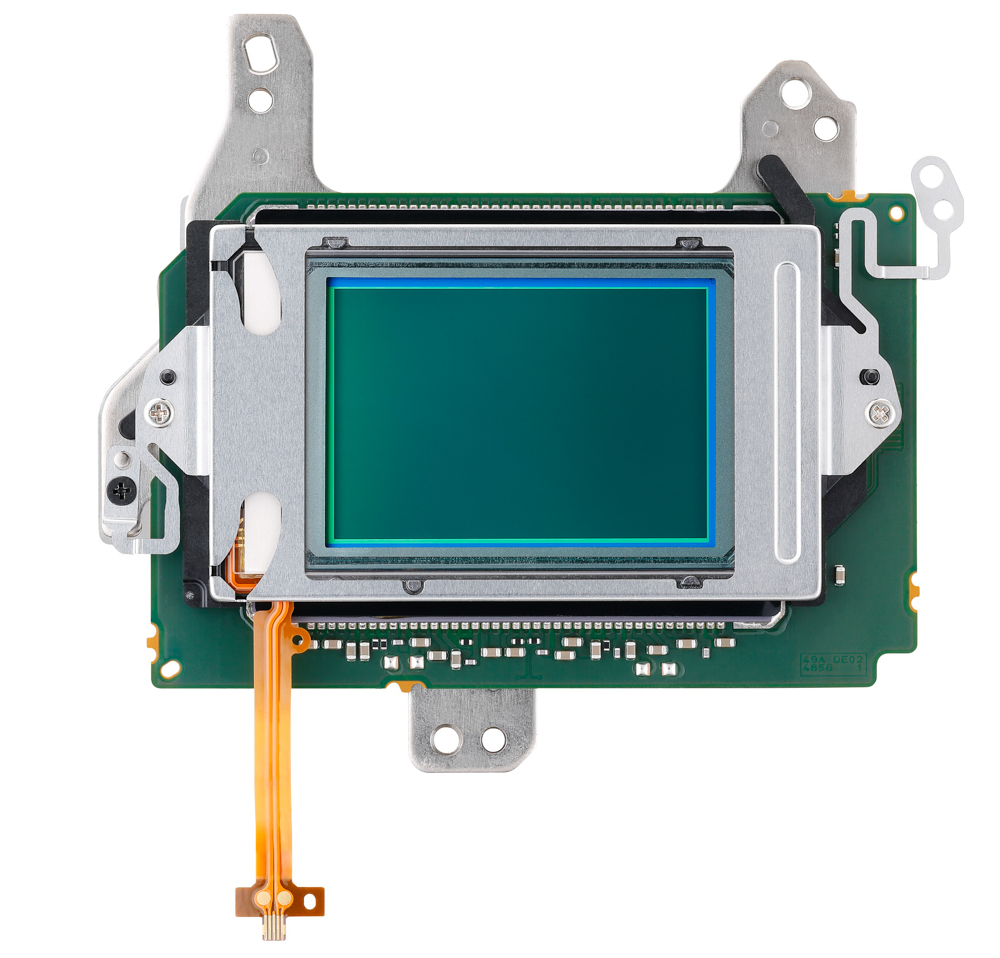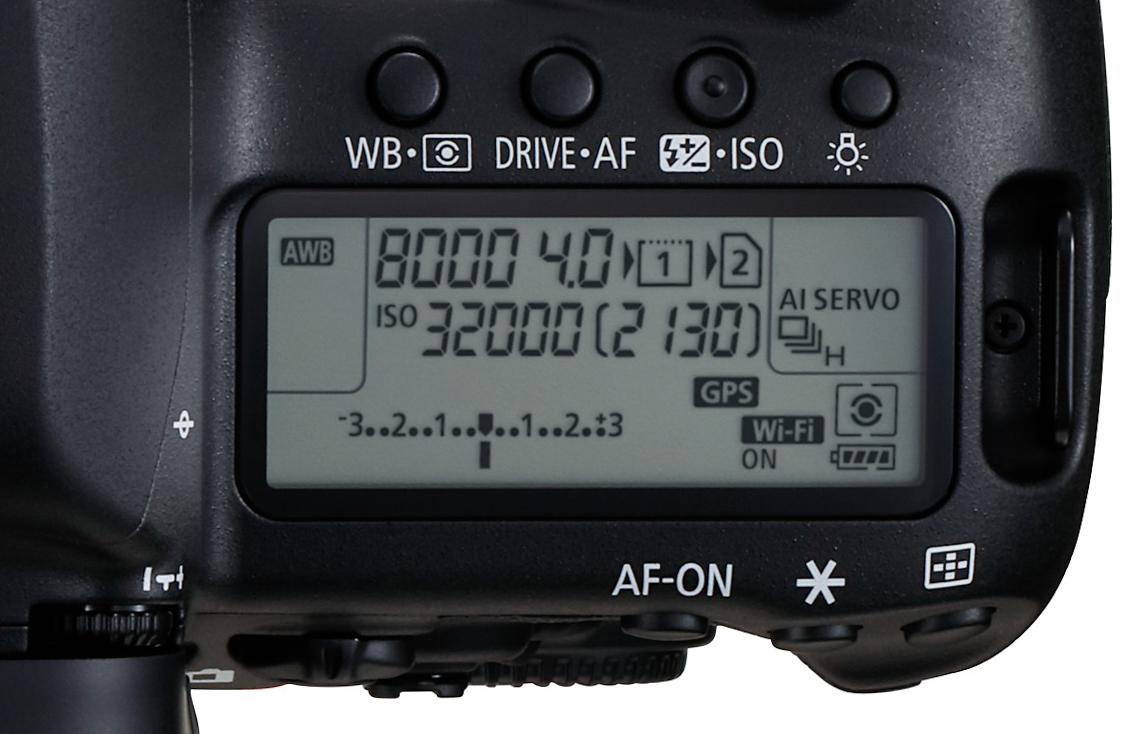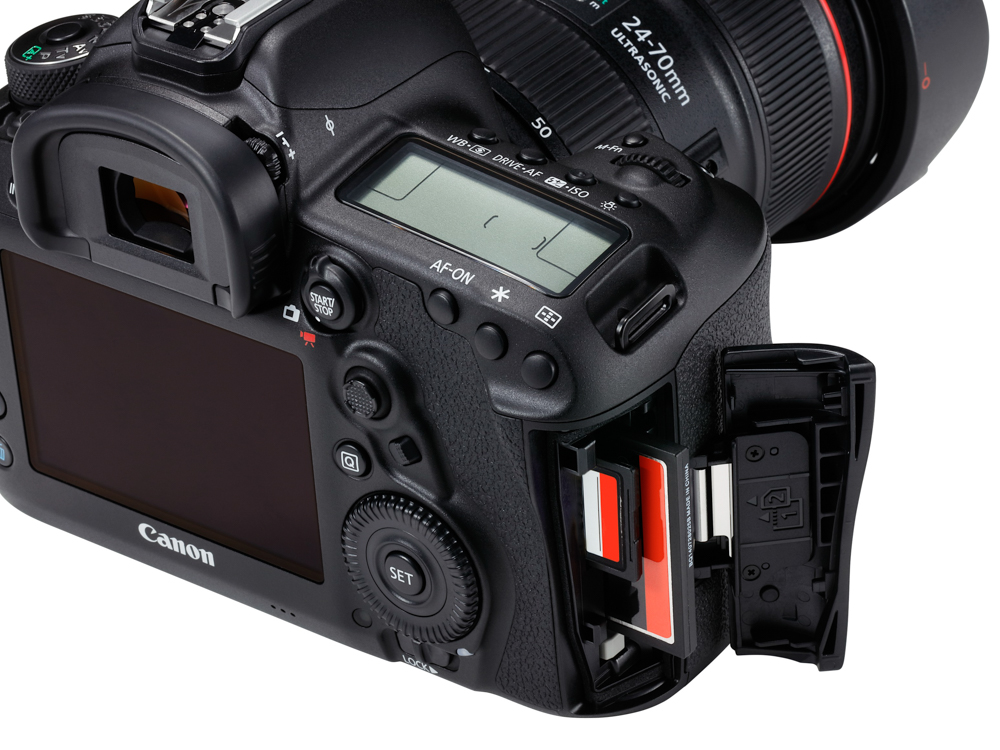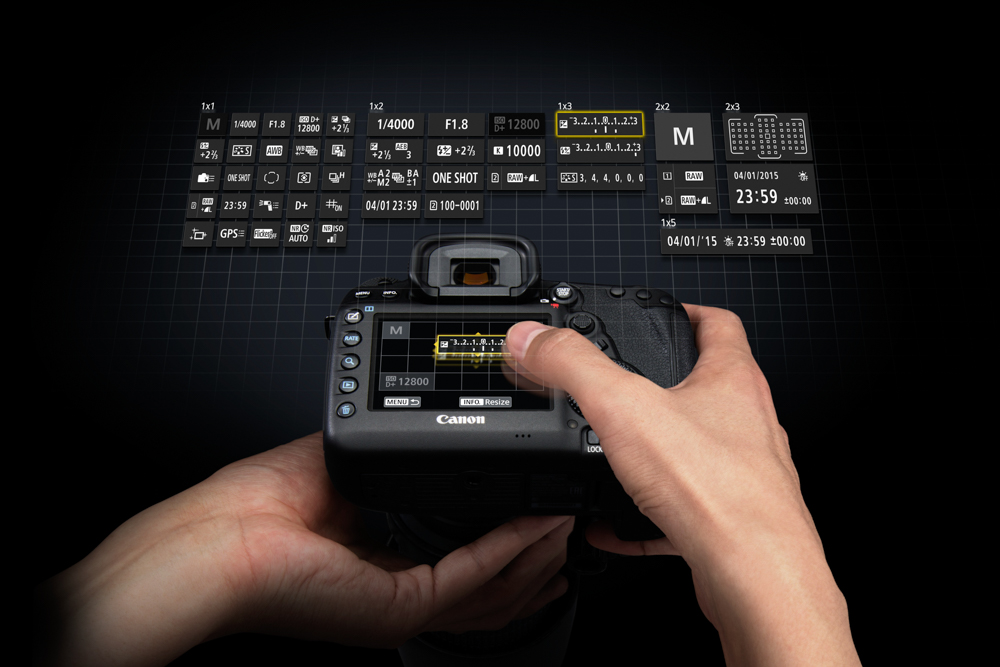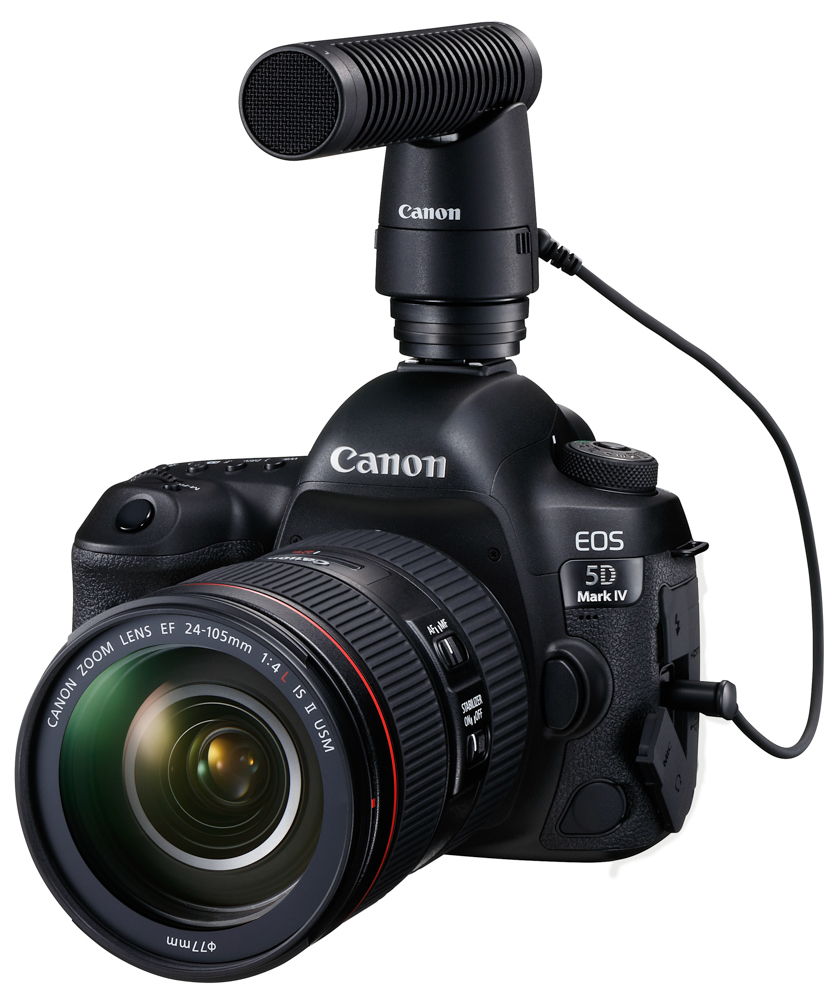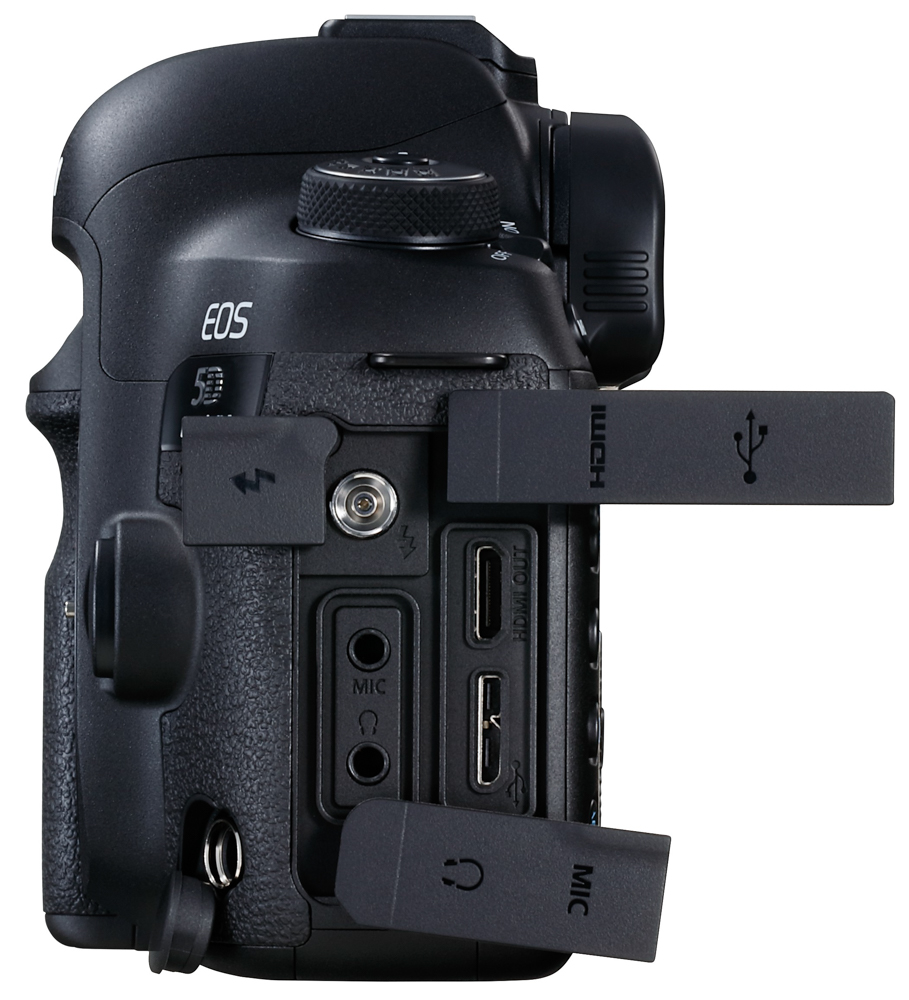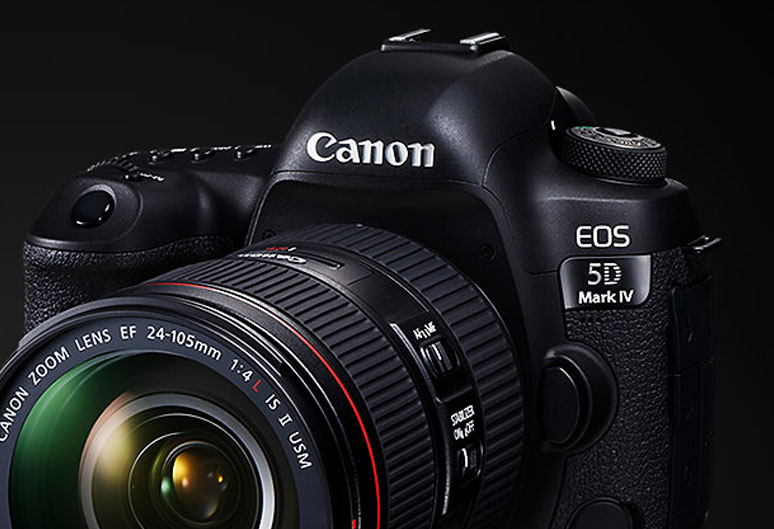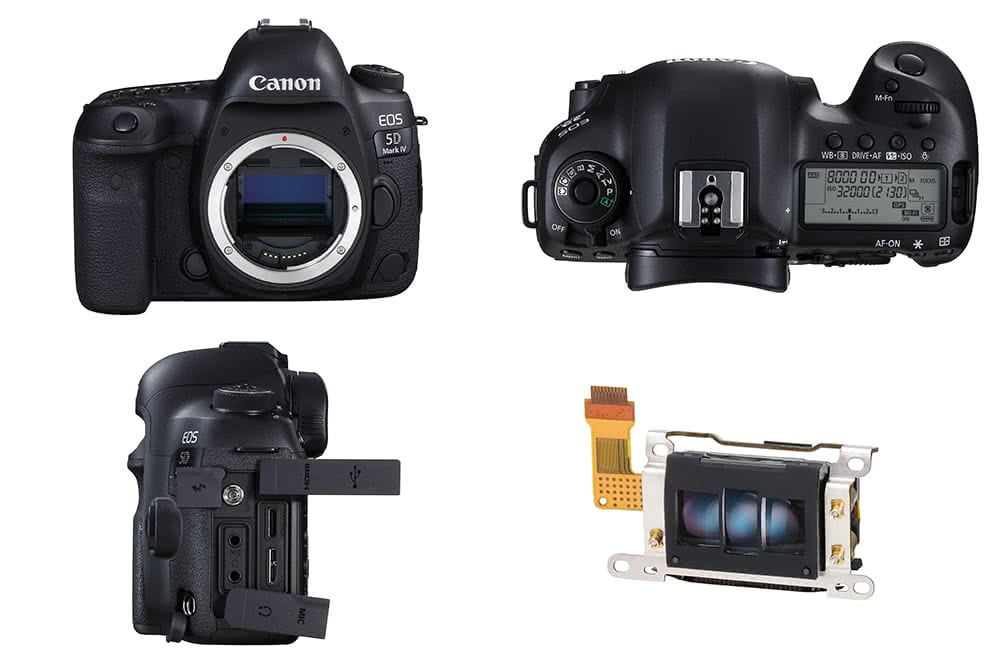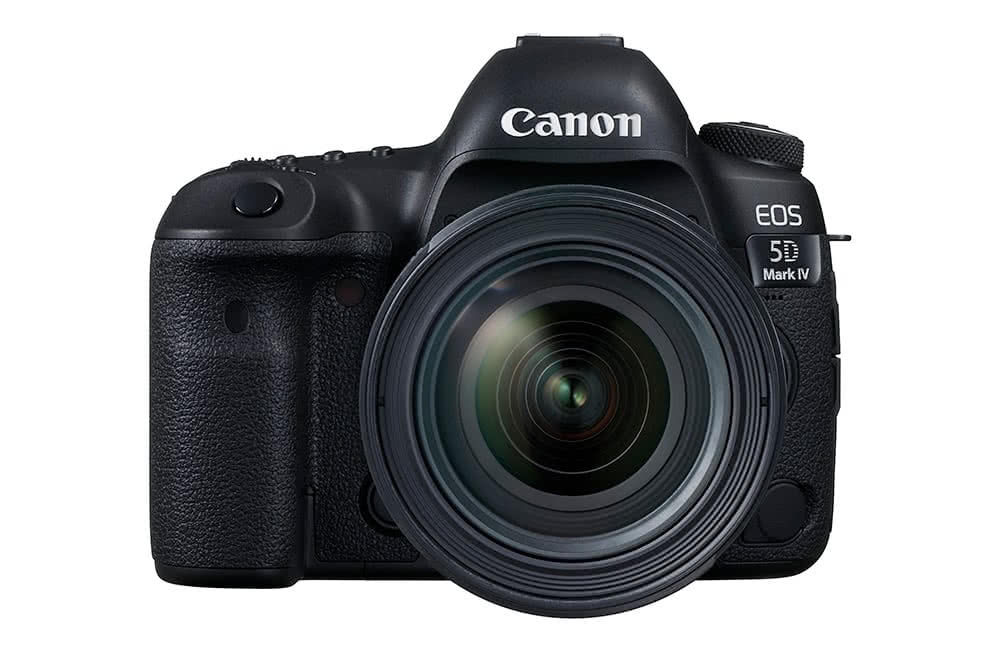For news photographers, the lens is everything. You need the reach to be able to frame your subjects, you need the speed to be able to freeze the action in all conditions, you need the build that means that carrying the lens all day isn’t going to give you chronic back problems (though some are willing to compromise on that last one). Which lens you end up favouring will depend on the precise nature of your discipline – many photographers who work in all sorts of conditions will favour the workhorse 70-200mm, while those who find themselves needing pin-sharp image quality at a distance will plump for a 500 or 600mm prime.
Some, however, prefer the best of both worlds. At Fixation we’ve long rated the 100-400mm lens as the ideal jack-of-all-trades lens for a working press photographer, and someone who firmly agrees is Richard Pohle, staff photographer at The Times. Winner of the 2019 Arts and Entertainment Photographer of the Year at the UK Picture Editors’ Guild Awards, Richard is a familiar and highly respected face in the industry
Richard’s lens has covered a huge range of the news sphere, from political party conferences to state visits by foreign leaders and huge military ceremonies, and he swears by his Canon EF 100-400mm f4.5-5.6 L IS II USM Lens as the tool to get the job done in a huge number of situations. We were intrigued, so we got in touch to find out why this lens works so well for what Richard does…
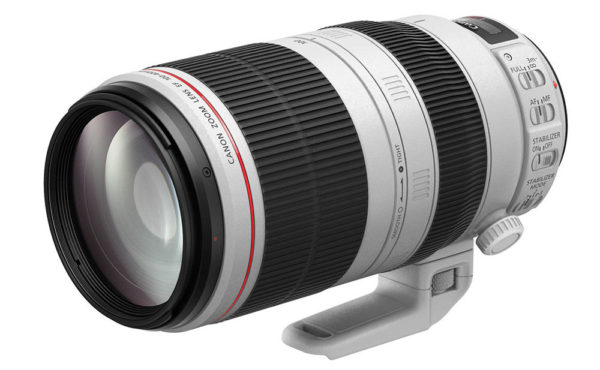
Thanks for talking to us, Richard. So how did you get started using the 100-400mm lens for press work?
I cover a lot of events – things with the royals, a lot of military ceremonies. I always used to have to carry around the 400mm f/2.8 and then also have the 70-200mm by my side. And the 400mm f/2.8 especially was always so lumbering and heavy, it was very unwieldy. I saw some of the royal-photography guys use the 100-400mm when it first came out, and I thought, “Wow, what an absolutely practical lens for the type of thing that I need to do.”
That scope, from 100mm to 400mm in one lens, was exactly the thing that I needed – one, to cover royals, and two, to cover what I especially like doing: military ceremonies and state occasions.
I’m one of these photographers who doesn’t always necessarily have my camera pointed at the main event – I’m always looking off to the side to see what’s happening there. And when you suddenly turn a 400mm f/2.8 lens away from the main subject to something you’ve seen on the side, you’re knocking out three photographers next to you, and getting a load of abuse for it! So the 100-400mm lens just allows me to be more flexible in where I’m pointing, and means I’m able to go from middle distance to reasonably far distance no problem.
That’s definitely evident from your portfolio – you have a real eye for the moments that are happening a little away from the main action.
When I’m doing state ceremonies or military ceremonies, I arrive early, and I walk around trying to find the moments of people getting ready, which for me always makes for a better picture than the actual event! So I like to wander around and look a bit incognito, but with a large 400mm or a 600mm lens, you can’t do that. With a 100-400mm lens, you can quite easily stand off to the side, and when you see something happening, happily shoot away. You can have it dangling on one shoulder and another camera on another shoulder
Have you seen other photographers making the jump? From the way you describe it, it sounds like a no-brainer!
It does – from the point of view of a practical news photographer, which is what I am. If you’re, say, a royal photographer, you will want to stick with your 600mm or 800mm prime lens, because they’ve got more reach. Also, while it’s less of a problem these days with digital cameras, the f/5.6 aspect of it puts some people off. It’s an incredibly sharp lens all the way through, but if there is a degradation, it would be at the f/5.6 end. For me as a news photographer, it doesn’t matter – for a magazine photographer, it might.
It’s been a wrench to move away from the 70-200mm, absolutely, and I still find myself going to the 70-200mm when I know I’m not using it for big occasions, but the 100-400mm is the go-to lens when I’m doing state ceremonies or events like that.
What body do you use with it?
Canon EOS 5D Mark IV.
Okay, so that’s a setup that’ll do basically anything.
Yes, if I’ve got a 100-400mm lens on one shoulder and my 24-70mm on the other – that’s it. I’m completely made up; I’ve covered everything from 24mm all the way up to 400mm in two bodies.
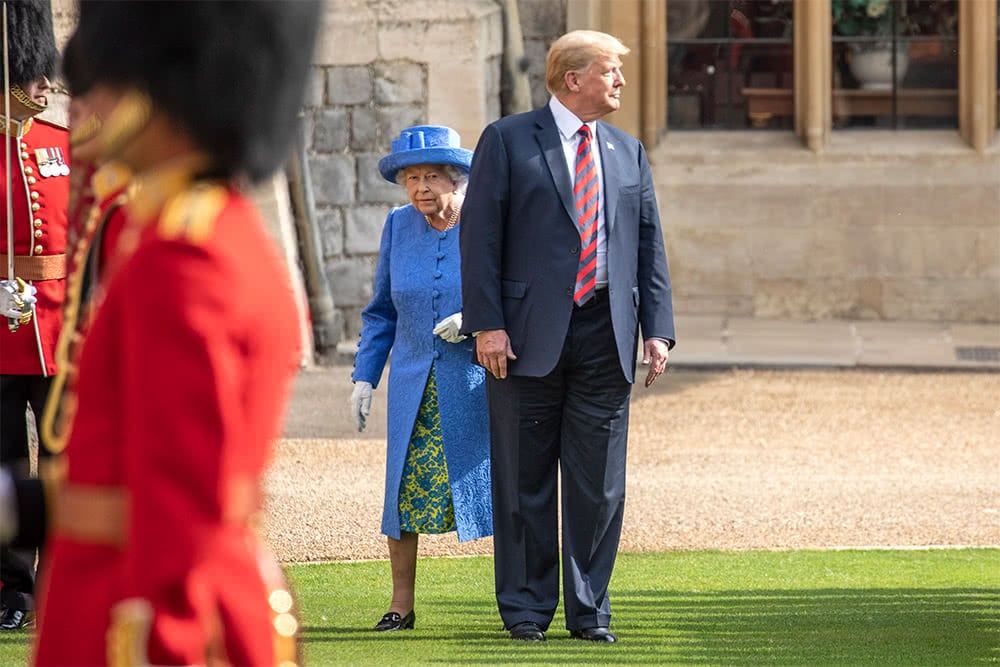
Do you think about mirrorless at all? The RF mount has that nice-looking 100-500mm…
All the time. It’s the number-one source of conversation at the moment. It’s just the cost implications of moving over; you’ve got to think about these things carefully, financially speaking. But it is the future, there’s no question. The idea of being completely silent is very very appealing, especially for some of the things I have to photograph, and the tracking mechanism seems absolutely awesome. I’ve had a quick play with it and I was very, very impressed. It is the future, there’s no denying it.
Finally, is there a particular image taken on the 100-400 that you’re proudest of?
The picture that I think of as the best picture I’ve taken on the 100-400mm is when Donald Trump visited the UK and he inadvertently walked in front of the Queen. The Queen had to sidestep out from behind him because he suddenly stopped, and she nearly collided with him. I was the only photographer who got that, because I was on the 100-400mm and I could manage to get it framed and shoot it. And it’s gone on to be exhibited and things like that.
It was actually taken on a hire-in 100-400mm lens; my one was in for repair because I’d dropped it. I was so panicked about doing this event without the 100-400mm that I hired it in. And thank god I did!
Richard Pohle was talking to Jon Stapley. See more of his images at his website, www.richardpohle.com

